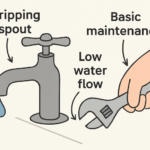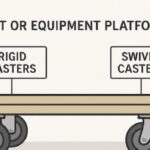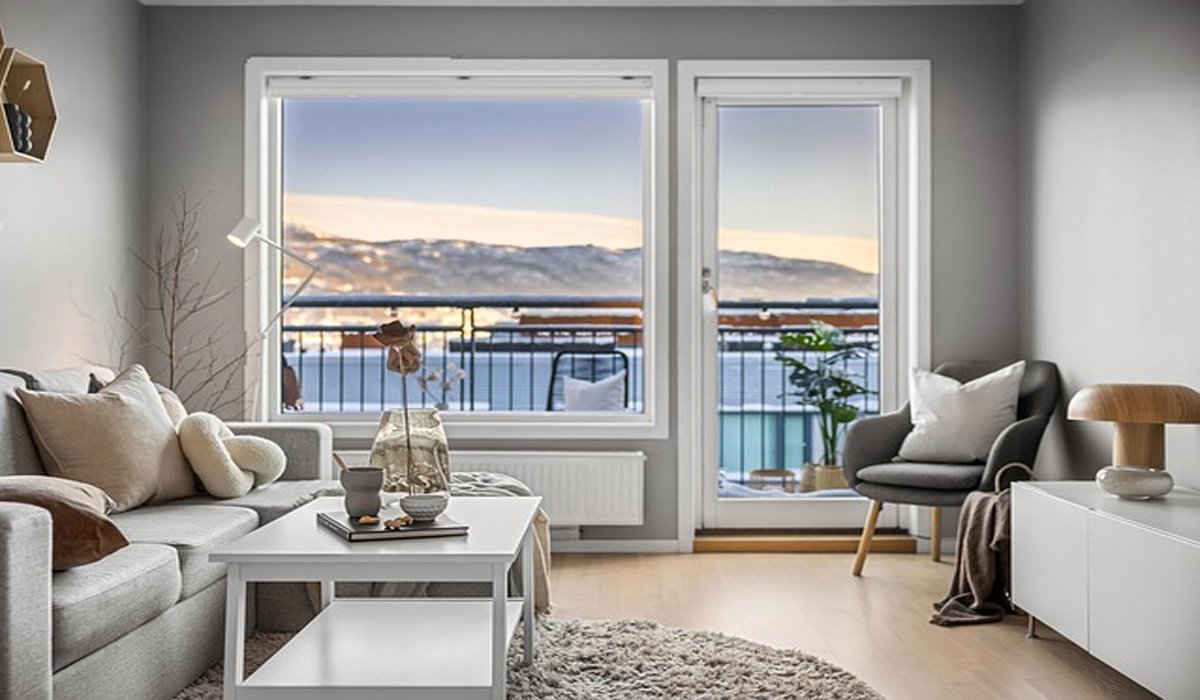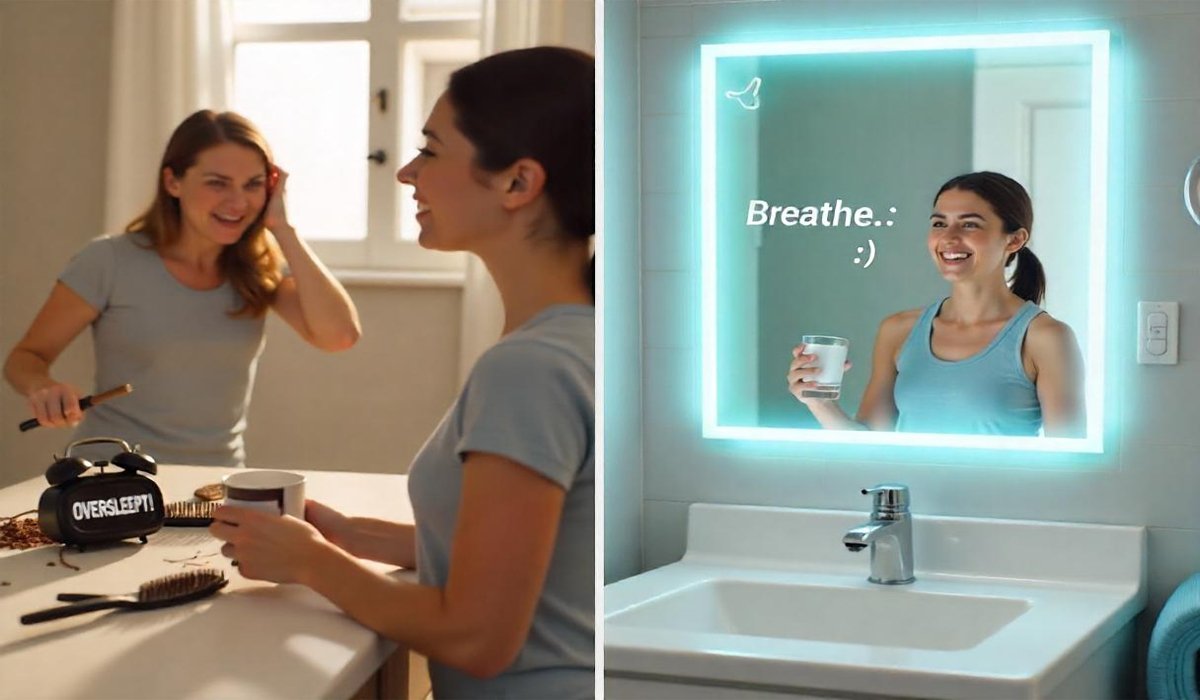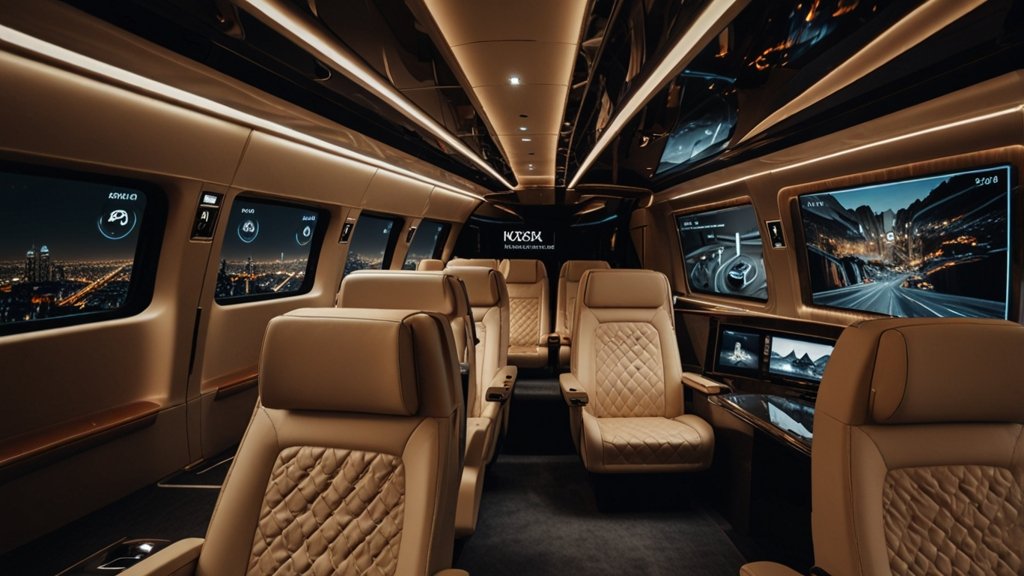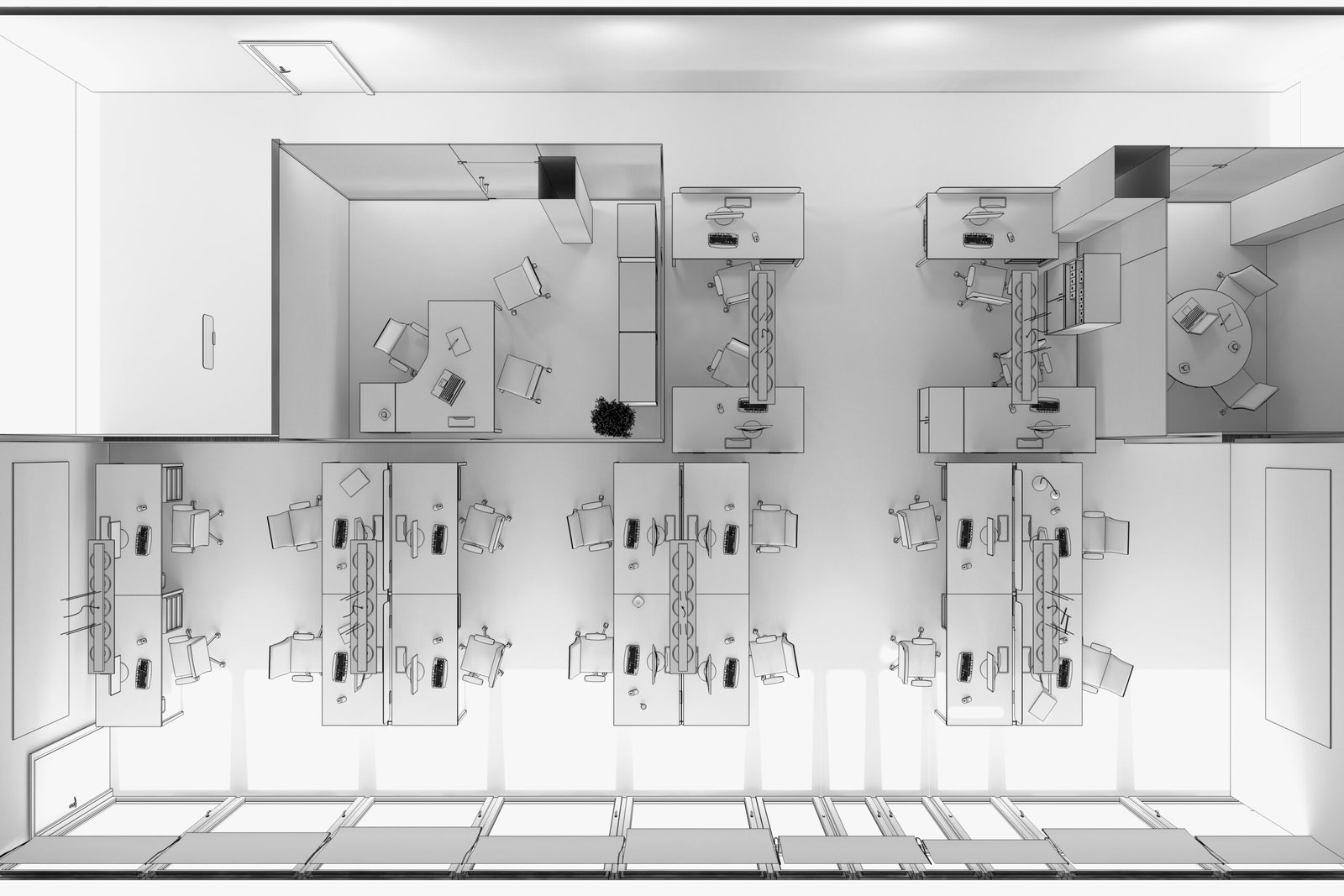What Are Hybrid Log Homes?
Hybrid log homes are redefining residential architecture by merging the warmth and texture of traditional logs with the best aspects of contemporary construction. Instead of relying solely on solid log walls, these innovative homes weave together elements like timber framing, fieldstone, steel, and high-performance windows. This combination enables a broader range of floor plans, enhanced structural integrity, and access to modern features that older log homes often lack. The core idea is to achieve the inviting feel of a cabin without being confined to the compromises of pure log construction.
For those researching hybrid construction log home builders, exploring hybrid designs opens up a new realm of possibility. Homeowners can enjoy the best of classic log craft and modern innovation, blending large, exposed timbers and wooden aesthetics with technology-driven insulation, crisp drywall, or large sheets of glass. The versatility makes hybrids as suitable for a city’s edge as they are for a ridge overlooking mountains. This approach accommodates both a longing for timeless charm and a desire for contemporary amenities.
Why Homeowners Choose Hybrids
One of the top reasons people gravitate to hybrid log homes is adaptability. Hybrids allow for different combinations of logs, timber, and other building materials, making it easier to create a personalized design that fits specific needs. Many homeowners are also driven by cost-effectiveness, because not all walls and structural elements are solid logs; materials and labor can be optimized for budget, leaving room for architectural flourishes or premium appliances.
Energy performance is another significant driver. Hybrids can be insulated far more easily than traditional log homes, making temperature regulation much more efficient. In many cases, this results in lower energy bills year-round. According to government recommendations from the U.S. Department of Energy, mixing construction methods and prioritizing strategic insulation are key for homes that excel in comfort and efficiency. By allowing selective placement of logs or other thermal mass materials, hybrids offer incredible potential in climates ranging from snowy mountains to hot, arid valleys.
Maintenance is also simplified. Exposed wood can be protected with smart overhangs or mixed with non-log materials where exposure or moisture could be an issue. The hybrid approach is an innovative and sustainable option for people who want the look and feel of a true log home but with less upkeep.
Design Flexibility and Creative Options
Hybrid log homes break free from the rigidity of traditional log construction, offering a broad canvas for architectural creativity. Homeowners and architects can collaborate to craft unique, inviting spaces where old and new blend seamlessly. Imagine a soaring great room with exposed log beams, modern kitchens with sleek surfaces, or bathrooms with both tile and timber—these hybrids can make it happen.
- Combine stone-clad fireplaces and wood-paneled ceilings with energy-efficient picture windows and skylights for dramatic natural lighting.
- Opt for open-concept living and dining areas featuring timber framing complemented by glass walls opening to panoramic views.
- Layer rustic textures with sophisticated finishes—think metal staircases alongside chinked logs or custom cabinetry set against reclaimed barn wood.
- Integrate wraparound porches, covered decks, or even green roofs, using modern engineering but still echoing the hand-built tradition.
Customization possibilities are endless, from smart home integrations to barrier-free layouts for accessibility. This freedom makes hybrids a favorite for families, retirees, and professionals looking for a distinctive style and flexible function in every part of the house.
Sustainability and Energy Efficiency
Sustainability is more than a trend—it’s now an expectation among new homeowners. Hybrid log homes excel in this area because they enable the use of local, renewable resources and allow for advanced weatherproofing and insulation. Builders can incorporate recycled or reclaimed wood, energy-saving mechanical systems, and double- or triple-paned windows to reduce a home’s energy footprint substantially.
The advantage isn’t just in material selection. Hybrid design also means architects can plan for tight building envelopes and reduced air infiltration—features that retrofitting older log homes struggles to achieve. According to National Park Service guidelines on energy retrofits, combining historic materials with energy-smart upgrades is the most effective path toward high efficiency. Hybrids make these upgrades easier and preserve the tactile connection to nature.
Many builders go further, fitting hybrid homes with solar panels, geothermal systems, or rainwater reclamation. These integrations are smoother during hybrid construction, so homeowners can easily future-proof their new residence.
The Building Process: Step by Step
- Envisioning the Dream: The journey starts with inspiration—magazine clippings, online galleries, and even regional influences help homeowners pin down the look and feel they want. Mood boards, sketches, and discussions with family can clarify ultimate goals, from modern rustic to mountain refuge.
- Selecting and Sourcing Materials: Working with experienced contractors or designers, homeowners choose materials that blend tradition and innovation. Regional woods, stone, engineered timbers, and advanced insulation ensure harmony with the home’s setting and climate.
- Architectural Planning: Architects and engineers create plans that maximize space, highlight natural views, and optimize energy efficiency. This phase involves creative problem-solving to ensure the home flows smoothly inside and out.
- Construction and Craftsmanship: Skilled tradespeople bring the home’s framework to life, placing logs, timber, and complementary finishes with a focus on durability and style. Timelines may vary, but hybrid projects can often move faster due to less reliance on hand-hewn logs for every wall.
- Personalized Finishes: Interior designers help match the right mix of cozy cabin and sophisticated retreat, adding accent lighting, unique flooring, or hand-picked hardware for a final touch that feels truly you.
Strong communication and collaboration throughout each phase turn ideas into a cohesive, enduring home. The process is uniquely rewarding for anyone dreaming of a residence that stands out, yet feels just right.
Real-Life Examples
Hybrid log homes aren’t just architectural concepts—they’re being lived in and loved daily. In mountain regions like Colorado or Montana, homeowners build large, energy-efficient lodges with dramatic log trusses and glass-walled living rooms, making the most of the scenery. Families in forested parts of the Pacific Northwest or New England opt for smaller, cozy hybrids that mingle cedar siding with reclaimed barn wood, often adding modern decks perfect for gatherings.
On a practical note, one couple in the Upper Midwest transformed a remote property into a retreat by combining durable, chinked logs in public spaces with insulated SIPs (structural insulated panels) for bedrooms and baths. This gave them the best of both worlds—rustic gathering areas and warm, draft-free private rooms. The adaptability inherent to hybrid building draws so many imaginative homeowners to this style.
Trends in Hybrid Log Home Design
As tastes and technology advance, hybrid log homes adapt to reflect both. One noticeable trend is the emphasis on open floor plans, where kitchens, dining, and living areas blend into one another with only exposed beams as subtle dividers. This openness encourages interaction and lets natural light flood the space.
The use of mixed materials—logs, timber, concrete, steel—is on the rise, as are smart home features integrated subtly into rustic settings. Solar-ready rooftops, radiant heat floors, and energy monitoring systems are all increasingly common in new hybrids. Exterior trends focus on welcoming entryways and covered outdoor living spaces that act as extensions of the interiors.
Architects are also pushing boundaries with larger windows, glass garage doors, and a focus on sustainability throughout all design and construction phases. These homes are as varied as their owners, but all reflect how tradition and innovation can thrive hand-in-hand.
READ ALSO: How Innovative Glass Solutions Are Shaping Modern Living Spaces





